U.S. Military Aircraft Deports Migrants Amid Heightened Border Security
In a significant escalation of immigration enforcement, the U.S. government has commenced using military aircraft to deport migrants as part of its intensified border security measures. This initiative reflects the administration’s commitment to addressing illegal immigration and enhancing national security.
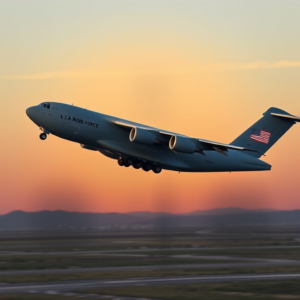
Deployment of Military Aircraft for Deportations
On January 24, 2025, U.S. Air Force C-17 Globemaster III aircraft were utilized to deport detained migrants to Guatemala. Each flight carried approximately 80 individuals, marking the first known instance of military planes being employed for deportation purposes in recent history.
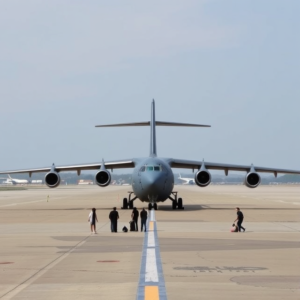
Policy Context and National Emergency Declaration
Upon assuming office, President Donald Trump declared illegal immigration a national emergency, directing the U.S. military to support border security and deportation efforts. This directive has led to increased military involvement in immigration enforcement, including the deployment of additional troops to the southern border.
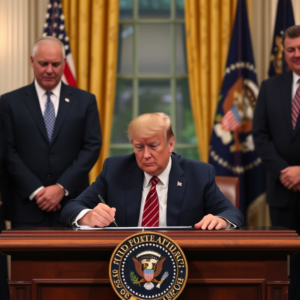
International Responses and Challenges
The use of military aircraft for deportations has elicited varied international responses. Notably, Mexico recently refused permission for a U.S. deportation flight to land, citing paperwork issues. Despite this incident, Mexico’s foreign ministry emphasized the country’s strong relationship with the U.S. and ongoing cooperation on immigration matters.
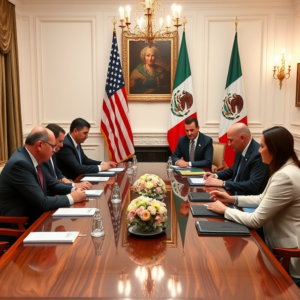
Implications for Border Security and Immigration Policy
The deployment of military resources for deportations underscores the administration’s stringent approach to border security. While proponents argue that these measures are necessary to uphold the rule of law and national sovereignty, critics raise concerns about the humanitarian impact and potential violations of due process rights.
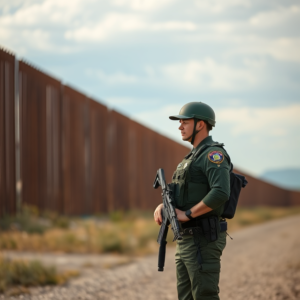
Conclusion
The utilization of U.S. military aircraft for deporting migrants represents a pivotal development in the nation’s immigration enforcement strategy. As the administration continues to implement robust measures to secure the border, the balance between national security and humanitarian considerations remains a focal point of public discourse.
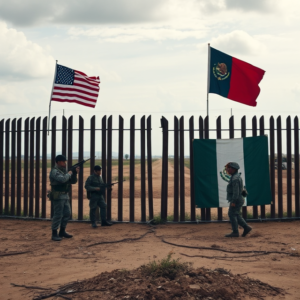
Further Reading:
- US military aircraft deport migrants as Pentagon readies more troops for border
- Mexico refuses US military flight deporting migrants, sources say
- Securing Our Borders – The White House

Can you be more specific about the content of your article? After reading it, I still have some doubts. Hope you can help me.
Thank you for your sharing. I am worried that I lack creative ideas. It is your article that makes me full of hope. Thank you. But, I have a question, can you help me?
Can you be more specific about the content of your article? After reading it, I still have some doubts. Hope you can help me.
Thank you for your sharing. I am worried that I lack creative ideas. It is your article that makes me full of hope. Thank you. But, I have a question, can you help me?
Can you be more specific about the content of your article? After reading it, I still have some doubts. Hope you can help me.
Can you be more specific about the content of your article? After reading it, I still have some doubts. Hope you can help me.